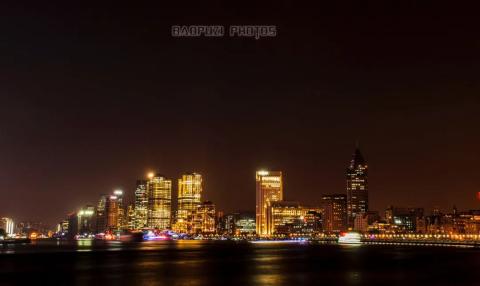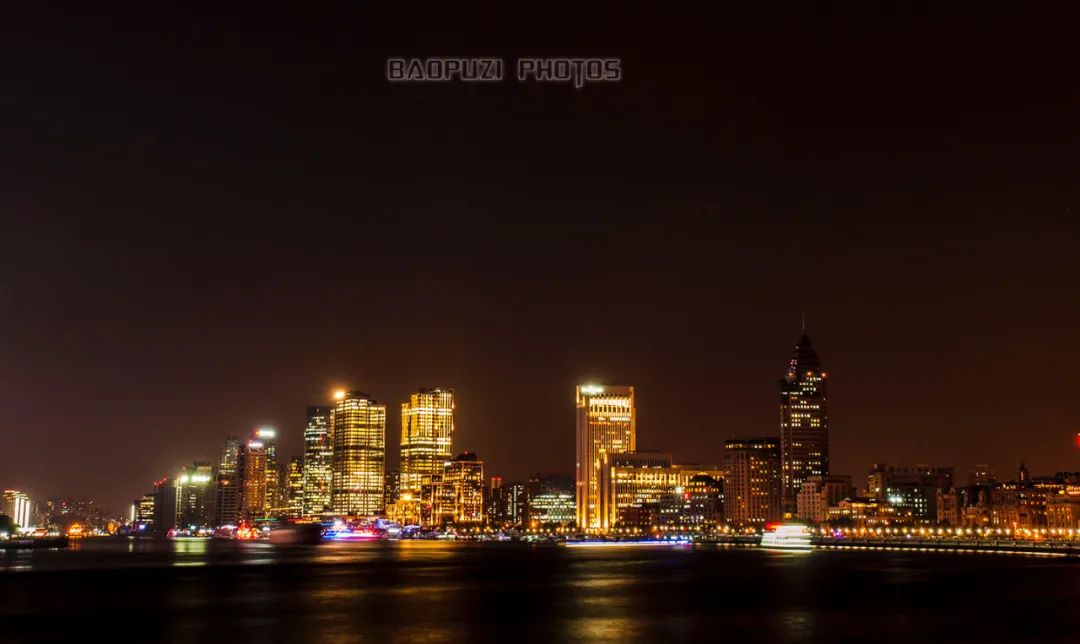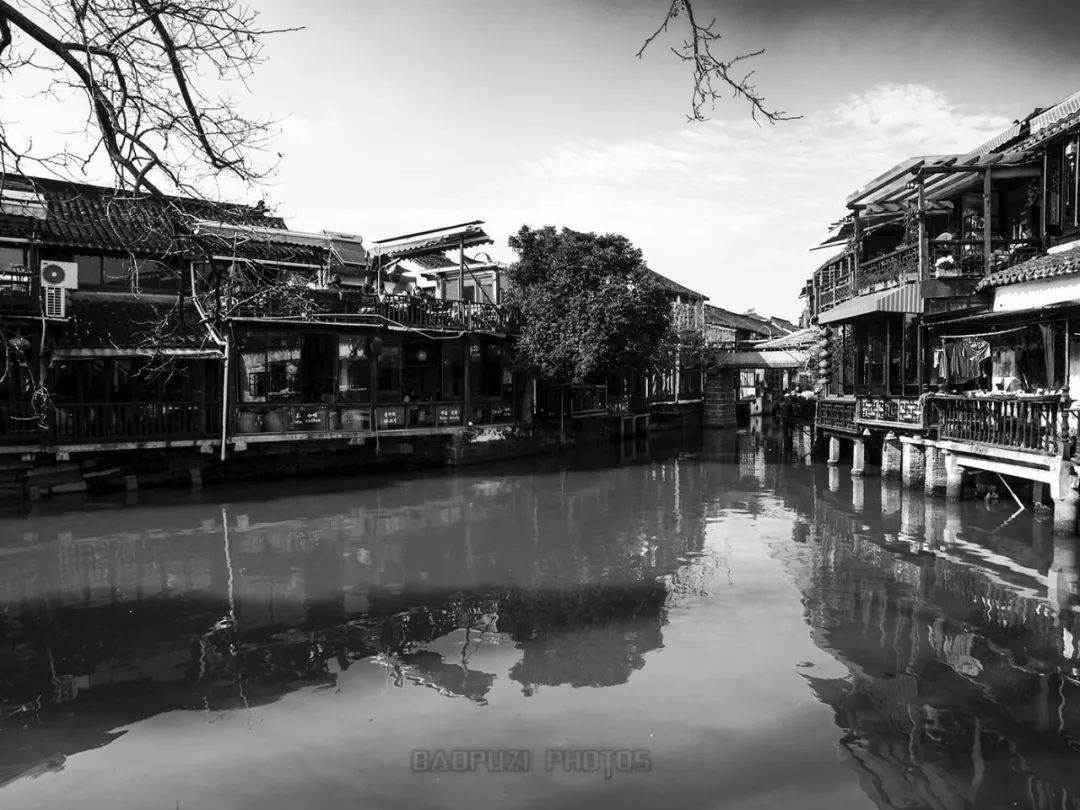
I have been to Shanghai many times, I feel that the only thing that impressed me deeply is the high-rise buildings in Shanghai. Each building really has the feeling of big Shanghai and its own unique style. Especially in Shanghai at night, the magic is summoned by the bright lights. Especially when sees the scenery of the Bund, you will feel the charm of this magical city. The buildings, high-rise buildings, and the Oriental Pearl Tower reflected in the lights are really beautiful, and you will be deeply attracted by its radiance at night. Attracted by the magic that comes out.










Waibaidu Bridge is located at the junction of Suzhou River and Huangpu River. It is the bridge where Yiping jumped in "Love in the Rain" and also appeared in the 25-episode TV series "Shanghai Beach" in the 1980 version.

Taking photos on the Bund during the day is also beautiful.



 Of course, behind the bustling scene, there are small streets and alleys that also have Shanghai-style characteristics.
Of course, behind the bustling scene, there are small streets and alleys that also have Shanghai-style characteristics.


Lane, as Shanghainese call it, is different from traditional Chinese Jiangnan dwellings and any Western architectural form. However, it always bears more or less traces of traditional Chinese architecture and more or less foreign architectural influences. It best represents the characteristics of modern Shanghai urban culture, and it is also the most direct product of modern Shanghai history.

 Lanes, a unique form of Shanghai’s residential buildings, were once inseparable from the lives of millions of Shanghai residents. How many stories, how many allusions, how many celebrities, how many memories are closely connected with the Shikumen and the pavilion. It can be said that without alleys, there would be no Shanghai and no Shanghainese. The lanes constitute the most important architectural feature of modern Shanghai; the lanes constitute the most common living space for millions of ordinary Shanghainese; and the lanes constitute the most important part of the local culture of modern Shanghai.
Lanes, a unique form of Shanghai’s residential buildings, were once inseparable from the lives of millions of Shanghai residents. How many stories, how many allusions, how many celebrities, how many memories are closely connected with the Shikumen and the pavilion. It can be said that without alleys, there would be no Shanghai and no Shanghainese. The lanes constitute the most important architectural feature of modern Shanghai; the lanes constitute the most common living space for millions of ordinary Shanghainese; and the lanes constitute the most important part of the local culture of modern Shanghai.



 After seeing the prosperity and fireworks of the Magic City, you can also go to the water towns in the suburbs. There are many ancient towns around Shanghai, but this water town left a very good impression on me. It is Zhujiajiao, located in Qingpu District.
After seeing the prosperity and fireworks of the Magic City, you can also go to the water towns in the suburbs. There are many ancient towns around Shanghai, but this water town left a very good impression on me. It is Zhujiajiao, located in Qingpu District.

 Zhujiajiao is the most well-preserved ancient water town in Shanghai. It embodies the water town style of "small bridges with lots of flowing water" and "everyone resting on the river". The town is dotted with rivers and ports, with nine long streets stretching along the river. Thousands of buildings from the Ming and Qing Dynasties stand along the water. Thirty-six stone bridges still retain the ancient style. There are many places of interest and historical sites. Only when you come here can you feel what it means to be a "small town". Bridges, flowing water, people’s houses.”
Zhujiajiao is the most well-preserved ancient water town in Shanghai. It embodies the water town style of "small bridges with lots of flowing water" and "everyone resting on the river". The town is dotted with rivers and ports, with nine long streets stretching along the river. Thousands of buildings from the Ming and Qing Dynasties stand along the water. Thirty-six stone bridges still retain the ancient style. There are many places of interest and historical sites. Only when you come here can you feel what it means to be a "small town". Bridges, flowing water, people’s houses.”





 I like the smell of the ancient town. Every time I am in the ancient town, I feel very leisurely. Walking among the small bridges and flowing water, walking on the antique bluestone slabs, it is like returning to the small street where I lived when I was a child.
I like the smell of the ancient town. Every time I am in the ancient town, I feel very leisurely. Walking among the small bridges and flowing water, walking on the antique bluestone slabs, it is like returning to the small street where I lived when I was a child.


 Standing on the upper reaches of the stone bridge and looking around, the quiet river bank, the buildings with white walls and black tiles, the carved windows with shop flags flying, and the shiny black boats in the river suddenly transformed into a simple and natural "Qingming Festival" "Riverside Picture" lingers in my heart. Yes, the ancient town is rich because of its history, prosperous because of its merchants, and wonderful because of its legends. Wandering in the meantime, a different kind of mood suddenly emerged, so happy and peaceful that it was difficult for me to leave.
Standing on the upper reaches of the stone bridge and looking around, the quiet river bank, the buildings with white walls and black tiles, the carved windows with shop flags flying, and the shiny black boats in the river suddenly transformed into a simple and natural "Qingming Festival" "Riverside Picture" lingers in my heart. Yes, the ancient town is rich because of its history, prosperous because of its merchants, and wonderful because of its legends. Wandering in the meantime, a different kind of mood suddenly emerged, so happy and peaceful that it was difficult for me to leave.
